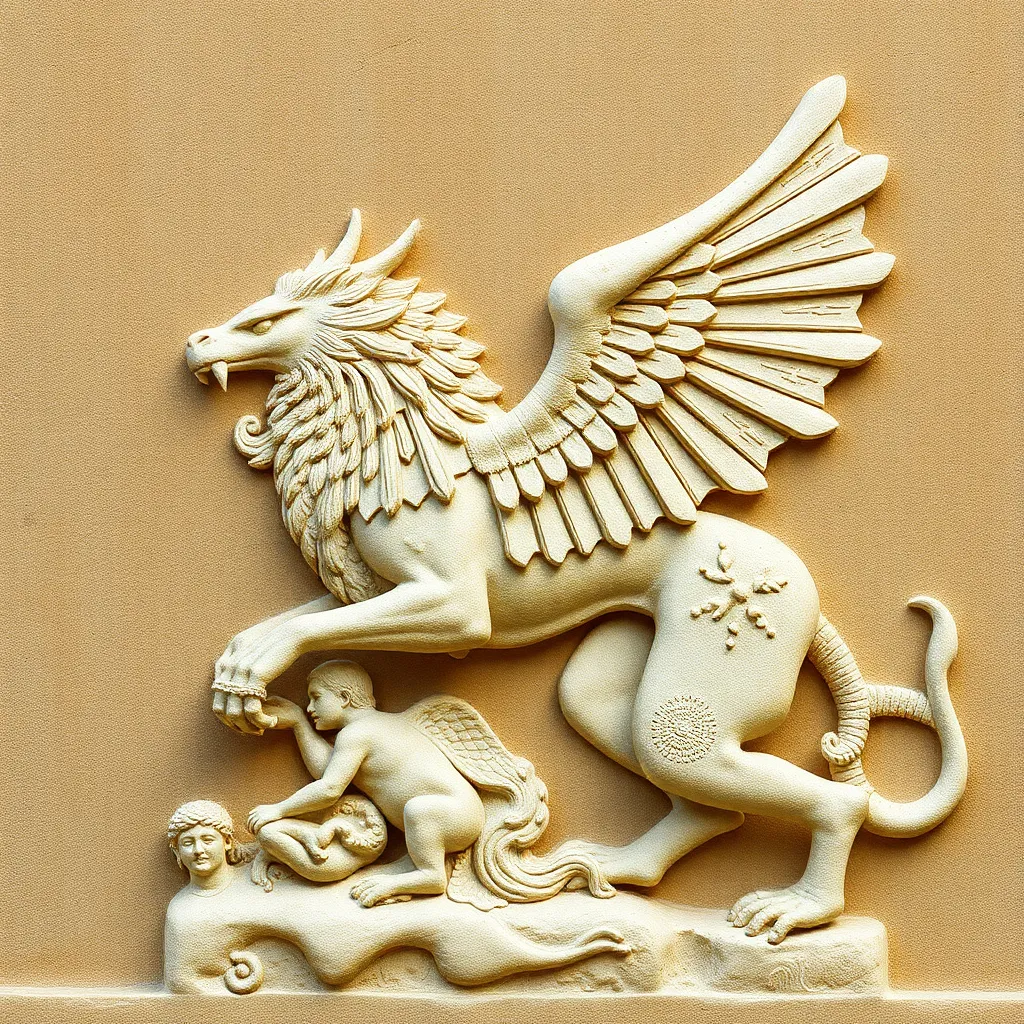The Role of Mythological Creatures in Ancient Greek Religion
I. Introduction
Mythological creatures in ancient Greece served as pivotal elements within the rich tapestry of Greek religion and culture. These beings, ranging from gods and demigods to monstrous entities and hybrids, played crucial roles in explaining the world around the ancient Greeks.
The significance of these creatures extended far beyond mere storytelling; they represented fundamental aspects of life, nature, and morality. In this article, we will explore the diverse nature of mythological creatures, their symbolic meanings, and their lasting impact on both ancient and modern societies.
II. The Nature of Mythological Creatures
Mythological creatures in Greek mythology exhibit a variety of characteristics and classifications. They can be broadly categorized into three groups:
- Divine Beings: These include the Olympian gods and goddesses, such as Zeus, Hera, and Athena, who possess extraordinary powers and immortality.
- Semi-Divine Beings: These creatures, like Hercules and Perseus, are often born from a union between a god and a mortal, possessing both human traits and divine abilities.
- Monstrous Beings: This category encompasses a wide range of creatures, including the Cyclopes, Gorgons, and other fearsome entities that often represent chaos or danger.
The characteristics of these creatures are equally diverse. For instance, gods are often depicted with human-like forms but possess supernatural powers, while monsters may have grotesque features symbolizing their chaotic nature.
III. Mythological Creatures as Symbols of Natural Forces
Many mythological creatures in Greek mythology symbolize natural phenomena, serving as representations of the forces of nature that ancient Greeks sought to understand and explain.
For example:
- Poseidon and the Kraken: Poseidon, the god of the sea, was often associated with storms and earthquakes. The Kraken, a legendary sea monster, symbolizes the terror of the deep and the uncontrollable nature of the oceans.
- Typhon and Storms: Typhon, a monstrous figure associated with violent storms and chaos, represents the destructive potential of nature. His battles with the gods personify the struggle between order and chaos.
These creatures served not only as explanations for natural disasters but also as reminders of the power and unpredictability of the natural world.
IV. Creatures in Greek Cosmology and Creation Myths
Mythological creatures also play a significant role in Greek cosmology and creation myths. The ancient Greeks believed that the world emerged from chaos, and various creatures contributed to this process.
In Hesiod’s Theogony, we see the emergence of primordial beings like Gaia (Earth) and Uranus (Sky), followed by monstrous offspring, including the Titans. These narratives illustrate the complex interplay between order and chaos in the creation of the universe.
Moreover, creatures like the Cyclopes were depicted as skilled craftsmen who forged weapons for the gods, further intertwining their existence with divine authority and creation.
V. The Interplay Between Mythological Creatures and Human Affairs
The interactions between mythological creatures and humans were central to many Greek myths, influencing human fate and societal norms.
Mythological tales often depict heroes encountering various creatures, which serve as obstacles or catalysts for their journeys. For instance:
- Theseus and the Minotaur: Theseus faced the Minotaur in the labyrinth, symbolizing the confrontation of human courage against monstrous evil.
- Perseus and Medusa: Perseus’s quest to slay Medusa not only highlights his bravery but also serves as a cautionary tale about hubris and the consequences of challenging the divine.
These encounters reflect the moral and ethical lessons that were integral to Greek culture, shaping societal values and norms.
VI. The Worship and Cult of Mythological Creatures
The worship of mythological creatures was an essential aspect of ancient Greek religion. Various rituals and offerings were dedicated to specific creatures, often reflecting their significance in the broader religious context.
For example:
- Rituals for Cerberus: Cerberus, the three-headed dog guarding the Underworld, was honored in rituals that emphasized the importance of the afterlife and the journey of souls.
- Festivals for the Minotaur: The Minotaur was celebrated in festivals that acknowledged the complex relationship between humanity and the monstrous, often featuring theatrical performances and sacrifices.
These practices underscored the importance of mythological creatures in religious life, as they were seen as embodiments of both divine will and human experience.
VII. The Legacy of Greek Mythological Creatures in Religion
The influence of Greek mythological creatures extends beyond ancient times, leaving a lasting legacy on later cultures and religions. Their stories and representations have permeated literature, art, and popular culture throughout history.
In modern interpretations, these creatures continue to resonate, serving as symbols of various concepts:
- Monsters as Metaphors: Creatures like the Minotaur and Cyclopes are often used as metaphors for human fears and societal issues.
- Influence on Popular Culture: Films, books, and games frequently draw upon Greek mythology, showcasing these creatures in new narratives that explore timeless themes of good versus evil, heroism, and morality.
The ongoing relevance of these creatures highlights their enduring significance in understanding not only ancient Greek religion but also the human condition.
VIII. Conclusion
In summary, mythological creatures played a crucial role in ancient Greek religion, symbolizing natural forces, influencing human affairs, and shaping societal norms. Their diverse characteristics and narratives provide insight into the values and beliefs of ancient Greeks.
As we reflect on the enduring significance of these creatures, it is clear that they continue to offer valuable lessons and insights into the complexities of life, nature, and morality, making them timeless figures in both mythology and modern culture.




